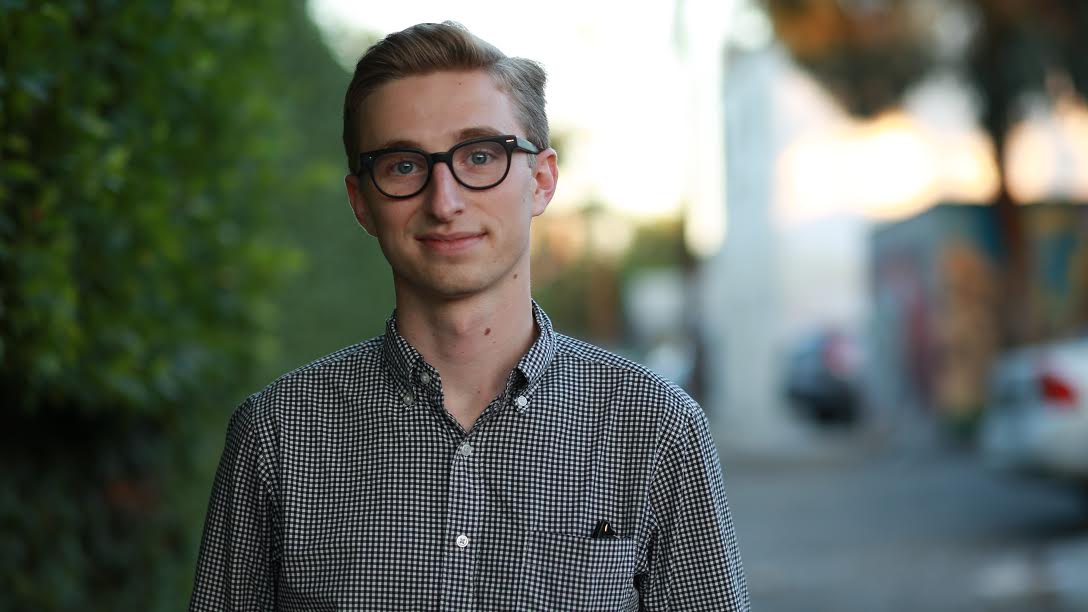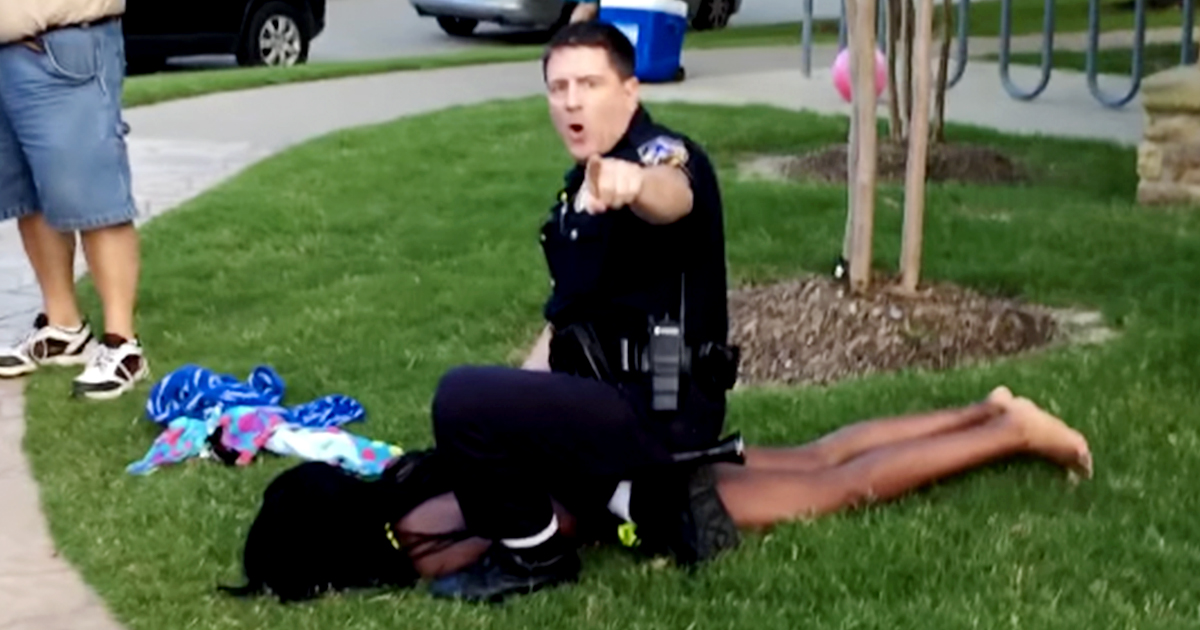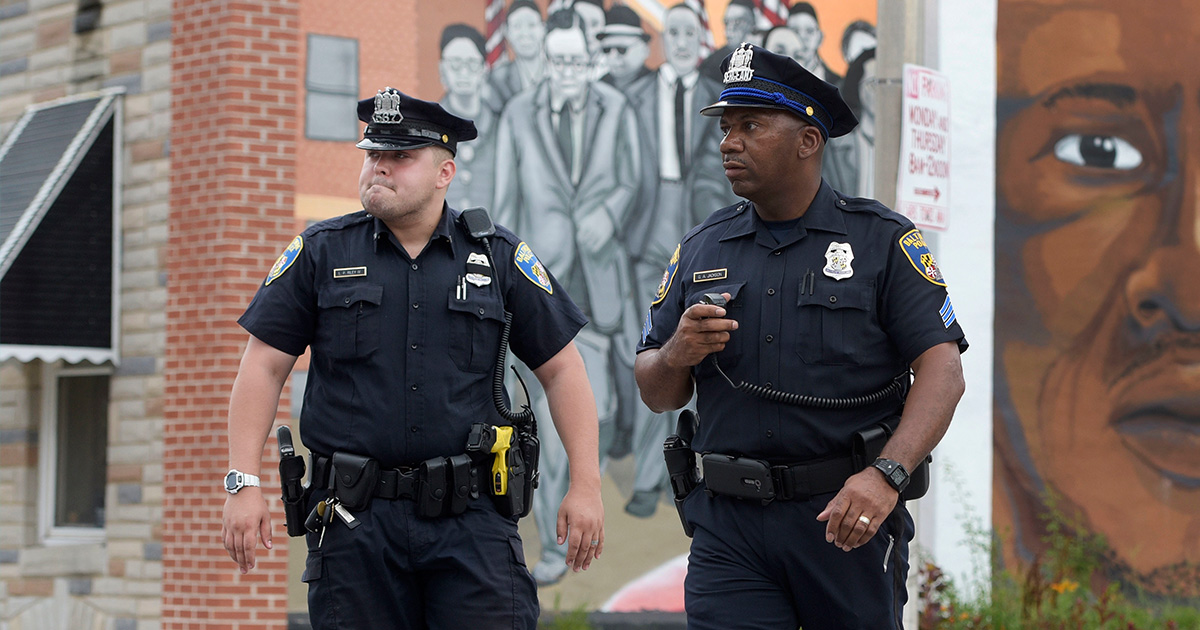How Police Responded To These Pool Parties is Revealing

By:
On Tuesday, two police officers in Asheville, North Carolina joined a neighborhood block party and took turns on a slip-and-slide, after responding to a neighbor's complaint.
Photos and video from the scene went viral, earning the officers praise for their community policing approach. But the photos have also drawn comparisons to a 2015 pool party in Texas, where an officer manhandled a 15-year-old black girl and pointed his gun at party goers.
 YouTube/Brandon Books - youtube.com
YouTube/Brandon Books - youtube.com
Some have suggested that the contrasting approaches reflect a racial double standard in policing.
Though former McKinney Police Officer Eric Casebolt denied that race influenced his response to the Texas pool party, protestors and outside observers have argued that the implicit racial bias escalated the situation. Several studies have demonstrated that people view black boys and girls as older and "less innocent," compared to white children in their age group.
It's a psychological phenomenon that researchers at Georgetown Law termed "adultification"—and it can be a deadly bias when it comes to police encounters. The researchers wrote:
"Simply put, if authorities in public systems view black girls as less innocent, less needing of protection, and generally more like adults, it appears likely that they would also view black girls as more culpable for their actions and, on that basis, punish them more harshly despite their status as children. Thus, adultification may serve as a contributing cause of the disproportionality in school discipline outcomes, harsher treatment by law enforcement, and the differentiated exercise of discretion by officials across the spectrum of the juvenile justice system."
On the other hand, what happened at the Fourth of July block party in North Carolina is an example of community policing.
When police are able to engage their communities and peacefully interact with residents, they develop relationships that are mutually beneficial. For example, residents feel more empowered to report crimes, believing officers have the residents' interests in mind and will work to deescalate situations.
But more often than not, it seems like examples of community policing generally come out of white communities. That could be due, in part, to differing perceptions of police relations between white and minority communities.
 AP/Steve Ruark - apimages.com
AP/Steve Ruark - apimages.com
The vast majority of police officers—white, black, and Hispanic—"agree that police and whites in their communities get along," according to a 2017 Pew Research Center survey. However, only 32 percent of black officers and 60 percent of white and Hispanic officers "characterize relations with blacks in their community as either excellent or good."
Criminal justice reform advocates have called for increased training in de-escalation and bias to help remediate these differences. Only 39 percent of officers included in the Pew survey said they've received four or more hours of training in bias and fairness over the past year, and 23 percent said they received no such training during that time period.
